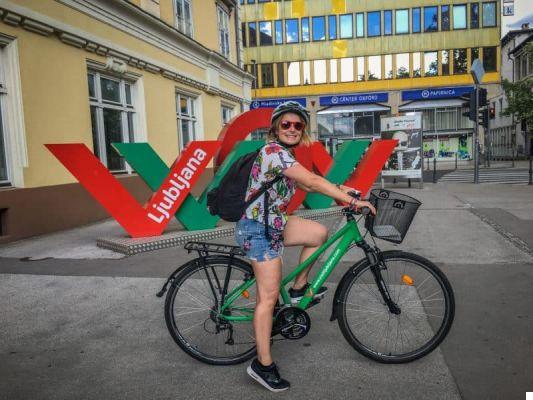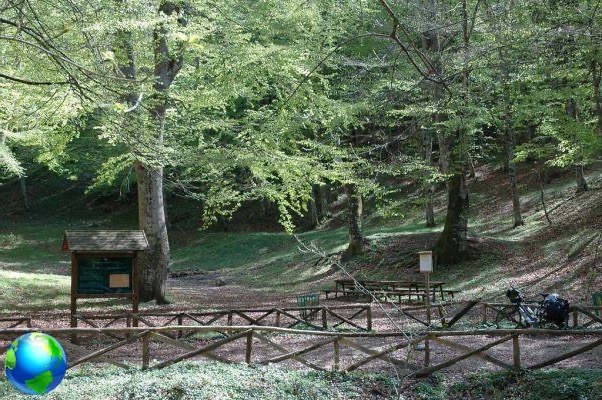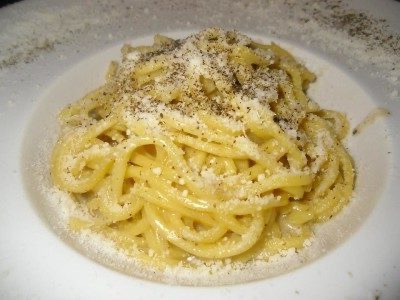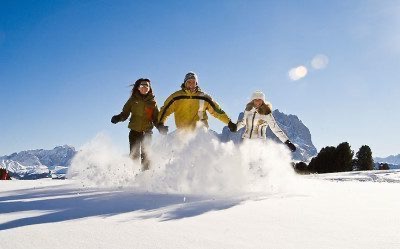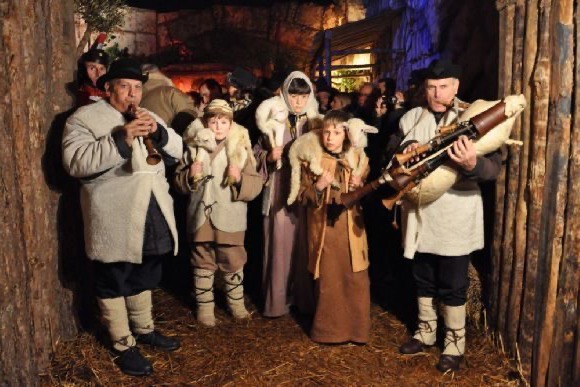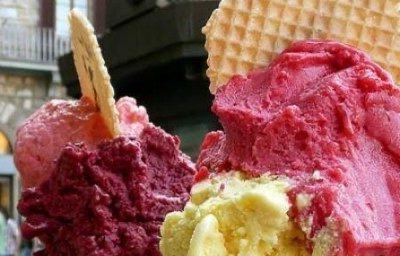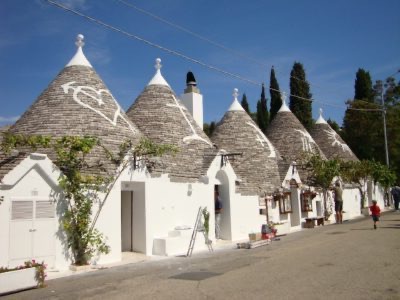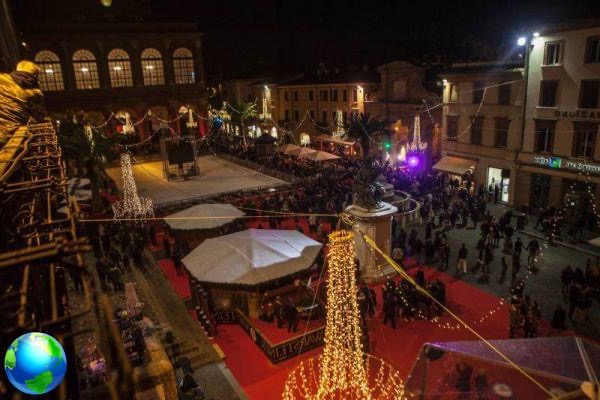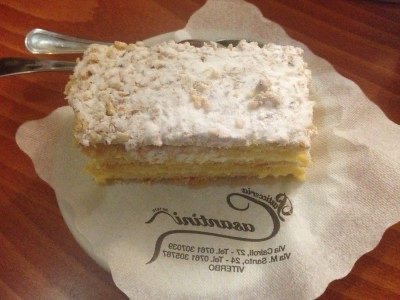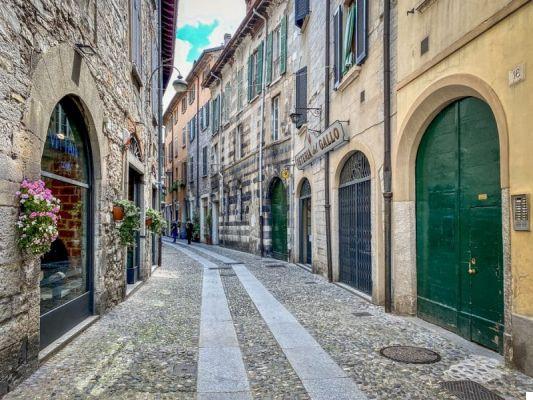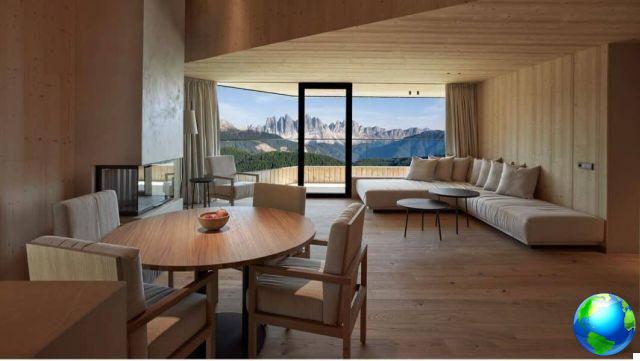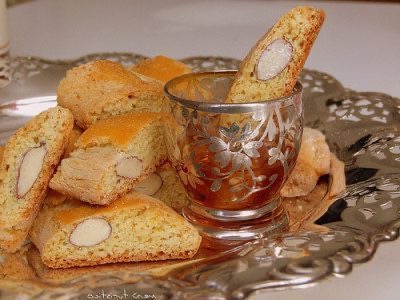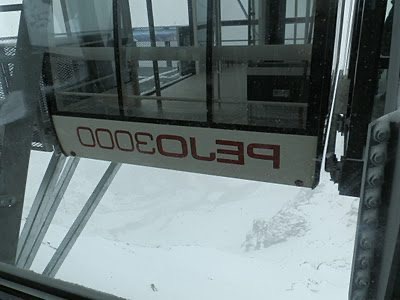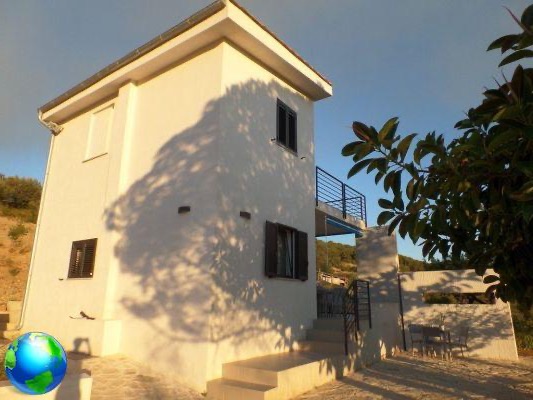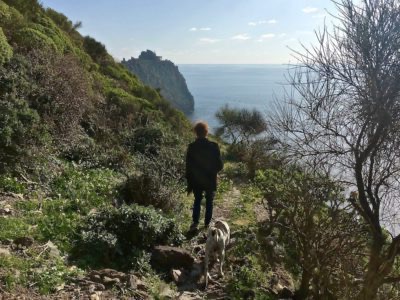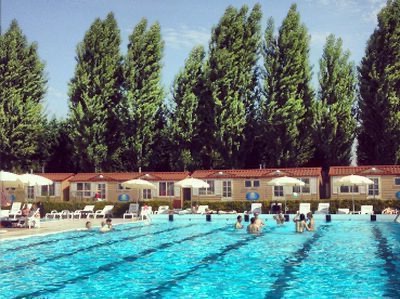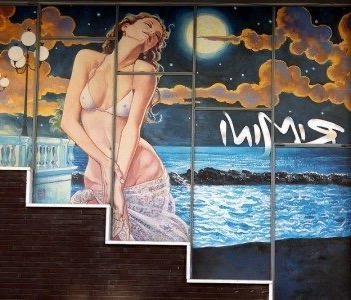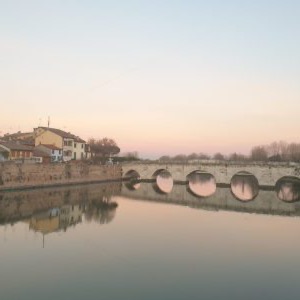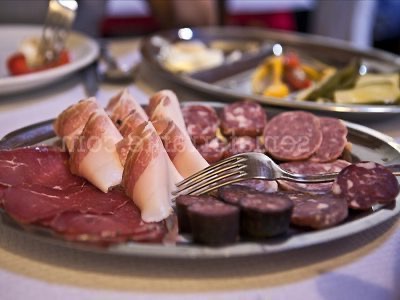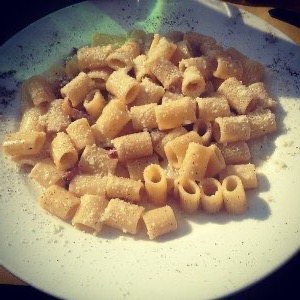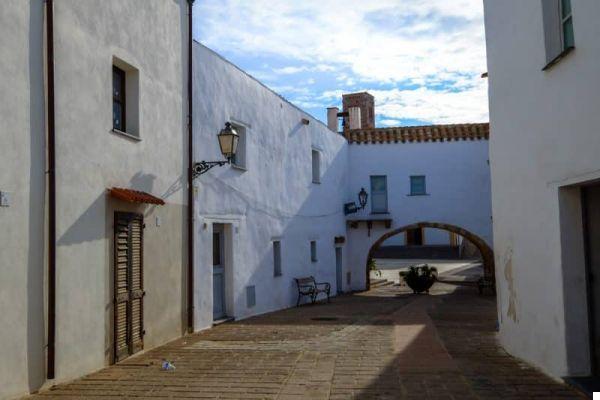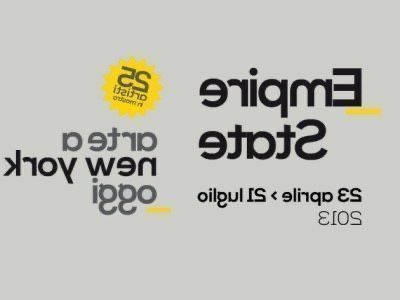Ljubljana, or to be more precise Ljubljana, is the capital of Slovenia and is literally in the center of the nation. In fact, Slovenia has four main roads and the intersection of this sort of X is precisely Ljubljana.
It is one of the least known and smallest European capitals and in my opinion it is a real hidden treasure; I liked it a lot both for the places and for the very bohemian and youthful atmosphere. Not being very big, you can easily visit it in a day or a weekend and, thanks to its central location, it is also a perfect starting point for exploring all the wonders Slovenia has to offer (such as the Lake Bled, the Postojna caves, etc)! For example, I went there after spending a few relaxing days in the Big Berry glamping (in this article you will find all the info) and it was a perfect combination. If I convinced you, and I really hope so because I assure you that it is a gem, in this article you will find everything you need to know to fully enjoy a holiday in the Slovenian capital.
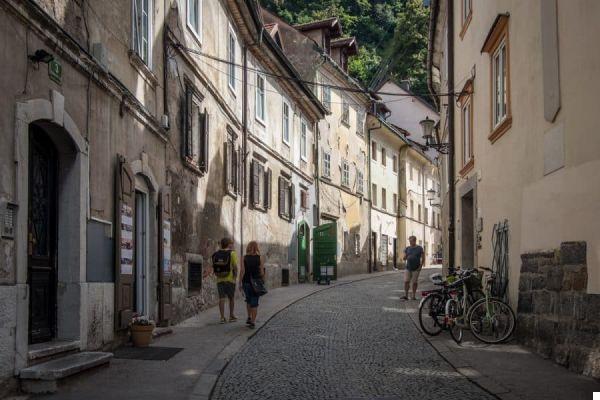
What to see in Ljubljana
1. Old Ljubljana: Jože Plečnik's project
As I mentioned, Ljubljana it is not the classic capital-metropolis. Indeed, the historic center can be easily visited on foot and includes all of medieval Ljubljana, once demarcated by the old city walls. Prešeren Square it is a mandatory starting point. It is a square developed from a crossroads along the walls and overlooks the Ljubljanica river. The famous Triple Bridge of Plečnik is the first thing to see absolutely. If Gaudi is in Barcelona, Jože Plečnik is in Ljubljana. A visionary architect of the twentieth century, he became internationally famous and designed many of the city's iconic monuments, including the central market and the national library. Crossed the bridge, you will find yourself in front of the pink church of the Franciscans and the monument in honor of the greatest Slovenian poet, France Prešeren, to which the entire square is dedicated. Taking the square as a reference point, I recommend that you stroll for a couple of hours through the streets of the old town and enjoy this picturesque old town. In Ljubljana, different historical periods meet in an evocative mixture. You will see medieval constructions alternating with baroque buildings such as the town hall. Don't miss the iconic Ponte dei Draghi, the central market and the riverside.
2. Square of the French Revolution
La Square of the French Revolution it is located a few steps from the National Library and here too Plečnik invariably intervened in the restoration phase. It is not very big and is usually ignored by tourists in favor of more flashy locations, but I liked it and I recommend you drop by. In the middle of the square there is an obelisk dedicated to Napoleon and a monument in memory of the French Revolution. Nearby is also the complex of Križanke, a XNUMXth-century monastery where outdoor performances and concerts are held in the summer.
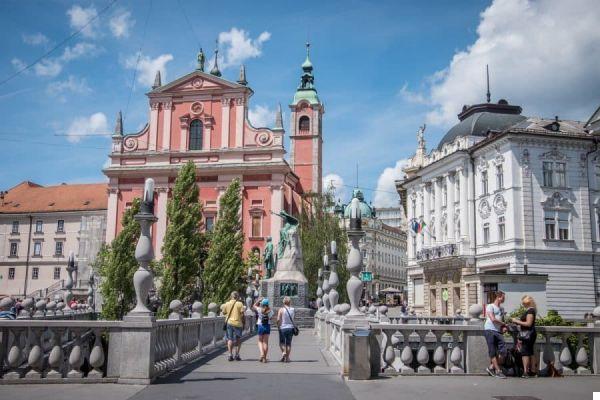
3. Congress Square
Close to the river and the university, the Congress Square it is one of the main squares of the city. It stands on the ruins of a Capuchin convent and was radically restored for the Ljubljana Congress of 1821, from which it then took its name. It develops around the Star Park and had great historical importance for the development of the Slovenian state. In fact, from this place the Slovenian population declared independence from Austria-Hungary in 1918 and for some years it was renamed Revolution Square. The most important buildings besides the university are the Ursuline church and the Philharmonic.
4. Piazza della Repubblica: the political heart
La Trg Republike square is the political heart of the capital and I was very impressed because the socialist past of the country can be seen more clearly in the buildings and architecture than in the rest of the city. On the side of the square is the Parliament and the two tallest buildings, real skyscrapers by the standards of the city, were the headquarters of the Communist Party. In this square, in 1991, the country's independence from Yugoslavia was declared and, if only for its historical importance, it is an obligatory stop when visiting the city.
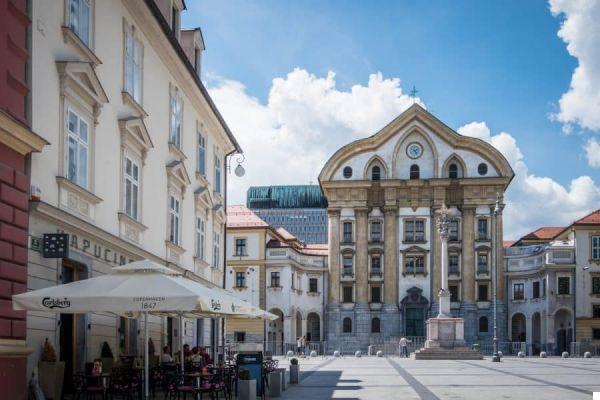
5. Tivoli Park: the park under the castle
Il Tivoli Park it is the largest green space in the capital and develops at the foot of the hill where the castle stands. It is a very large park with paths that branch off in various directions, ponds, flowers and trees as far as the eye can see. I'm not even going to specify who renovated the whole park because it seems to me to be repetitive, but if you are thinking of a certain Plečnik, you would be right. It is the right place to immerse yourself in nature and recharge your batteries and it is also on the road if you want to go up to the castle.
6. Il castello - Ljubljana city
Il castle of Ljubljana, in Slovenian Ljubljanski grad, is one of the symbols of the city and having been built on top of a hill, it dominates the capital from above and can be seen practically from wherever you are. The Ljubljana coat of arms itself depicts a dragon above the castle, so it's a must see. You haven't been to Ljubljana if you haven't seen his Ljubljanski grad! It would be a bit like going to Rome and missing the Colosseum. If you are already resigning yourself to a strenuous uphill walk, I have good news. Yes, walking up the hill is an option, but there is also a comfortable one funicular from Krekov square and takes you directly to the castle in minutes. The castle itself is cared for down to the smallest detail and has various exhibits inside. The building was built in 1200 and over the centuries it had various uses and different occupants. For a while it was also a prison! I recommend you to walk on the walls, enjoy the view and spend some time on the exhibition on Slovenian history, well done and very educational.
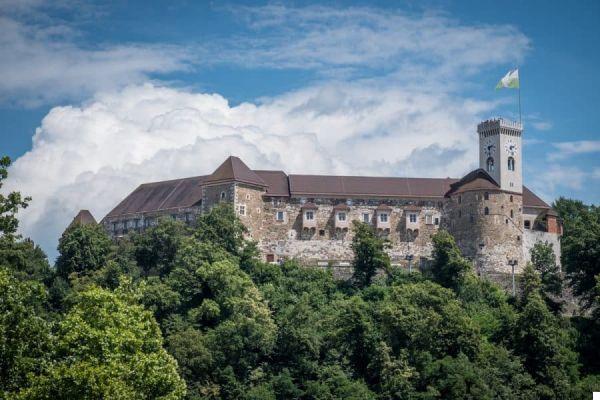
7. Krakovo and Trnovo districts: the local areas
Krakovo and Trnovo are the two oldest districts of Ljubljana. Between them they are divided by the Gradaščica canal and a spectacular bridge, the Trnovo bridge, connects the two areas. It was conceived as a continuation of the Trnovo church, or Trnovska cerkev, and has statues on both sides, a bit like a nave. (If you are wondering… yes, all by Plečnik).
Krakovo is famous for Roman ruins unearthed in various archaeological excavations and was also known as the Montmartre of Ljubljana due to the many resident artists and poets. It's a neighborhood only frequented by locals and I loved it.
8. Botanical Garden
You know me, if there is a Botanical Garden nearby, I can't help but drop by. The one in Ljubljana is located near the Tivoli park and has a centuries-old history. It was founded at the beginning of the 800th century and has never closed again. It has more than 4.000 different types of plants and there is also a large greenhouse where exotic and tropical plant species grow. They collaborate with botanical institutes from all over the world and also have a section dedicated to the research and preservation of the local flora.
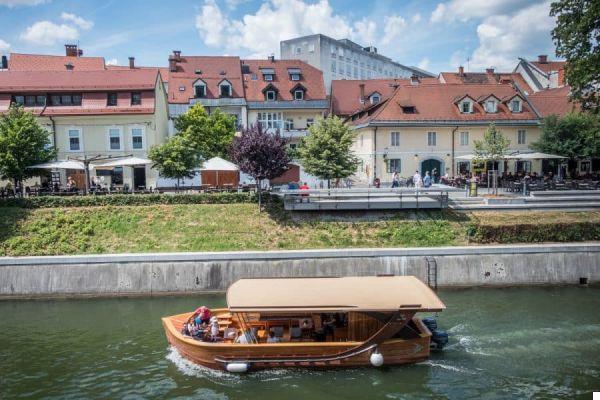
9. Metelkova Place: street art and culture
Metelkova Mesto, in Slovenian city Metelkova, is a artistic and cultural complex which was born in the nineties when a group of people occupied the Austro-Hungarian barracks destined for demolition. Thus was formed the first nucleus of the community that has grown year after year, becoming a musical and cultural reference point for the whole city. They organize festivals, alternative concerts, exhibitions and, needless to say, they have decorated the walls and streets with graffiti and works of art. It is a slightly different, colorful and eclectic face of Ljubljana. Maybe take a tour in the evening, when it turns into a meeting point for local students and young people.
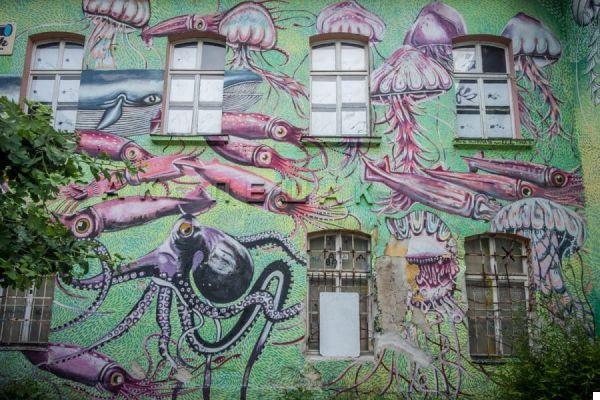
Where to sleep in Ljubljana
In Ljubljana, if we think about the prices of European capitals, everything costs very little. Also for this reason it is a perfect destination for those of you traveling on a modest budget. These are my two recommendations and I chose them both for the excellent quality / price ratio and for the super central location.
- B&B Hotel Ljubljana Park A spacious and spotless room and a very rich buffet breakfast. It is located close to the train and bus stations, perfect for a hit and run!
- Hostel safe A very central hostel, a stone's throw from Prešeren square and the Triple bridge. Both dorm beds and private rooms are available. The structure is modern and the staff super helpful.
Where to eat in Ljubljana
Slovenian food is rustic and tasty. There is a lot of Austro-Hungarian influence so be prepared to eat potatoes, stews and meat at will
Druga Violina at this restaurant serves traditional Slovenian cuisine and I absolutely loved it. The atmosphere is welcoming and the courses are really abundant. I think it's a great starting point to start learning about the country's specialties.
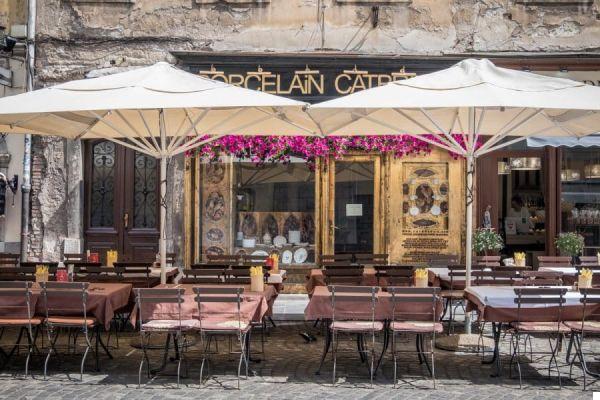
How to get around Ljubljana
As you may have understood, Ljubljana is indeed a capital, but it is really made on a human scale. If walking doesn't scare you, you can easily visit it on foot. Obviously the city has an efficient and very convenient public transport system so if you are tired of hiking, you will find regular buses and stops around the city. To use them you need to buy a rechargeable card which costs 2 €, which will be refunded upon return.
Personally, I highly recommend renting a bike and enjoying a nice ride through the streets of the city. Visit Ljubljana organizes organized bike tours that touch all the places of interest and could help you orient yourself.
